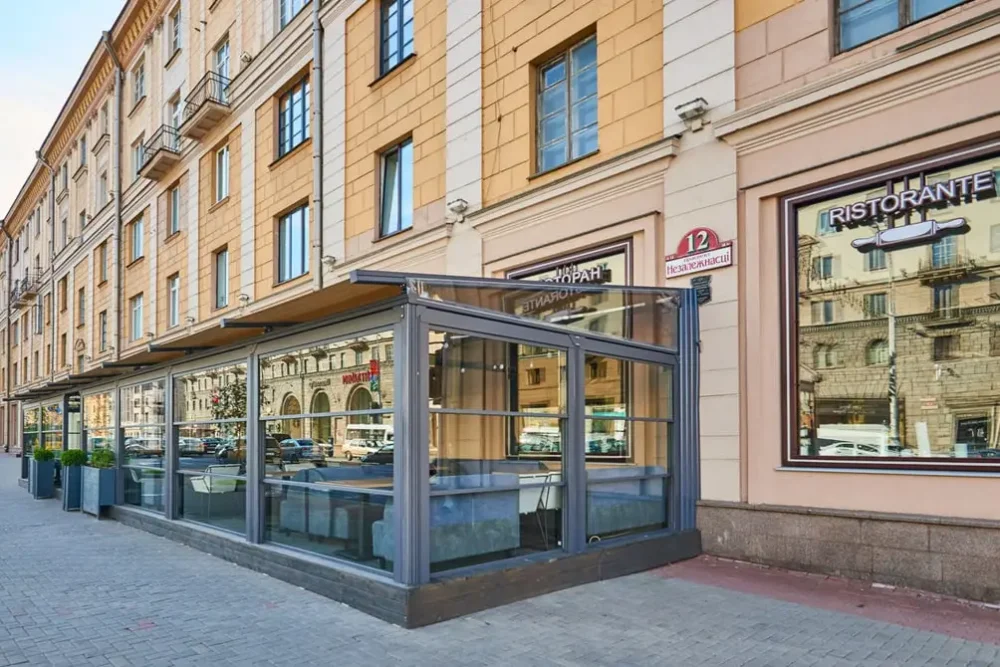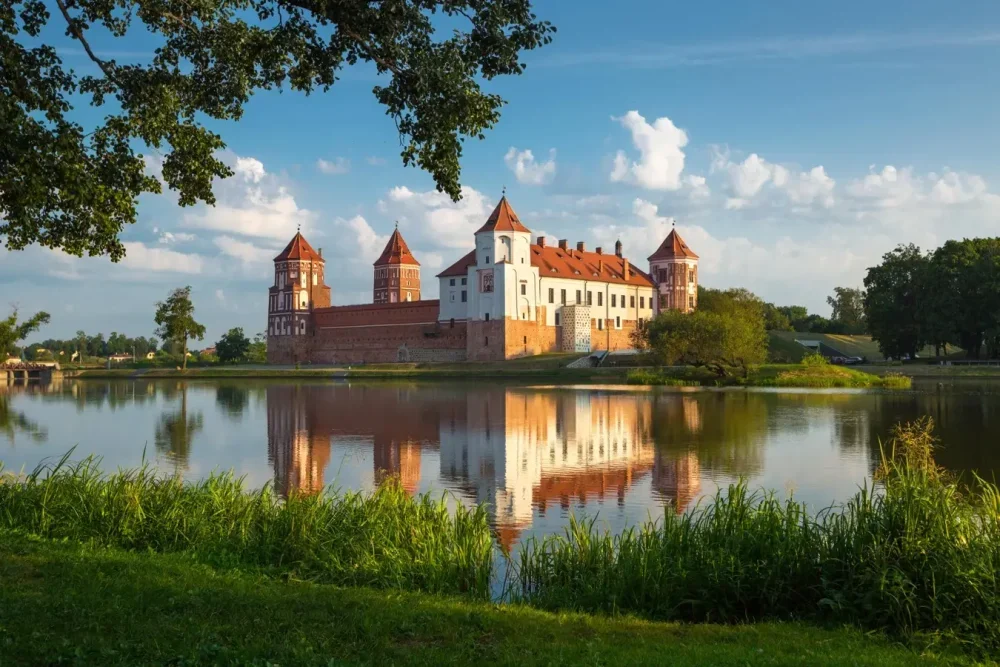Minsk is not just an administrative center, but the heart of Belarusian history, architecture, and cultural life. The city combines Soviet monumentalism and European elegance, bustling avenues and quiet courtyards, museums, and atmospheric cafes. A three-day visit allows you to see key sights, feel the rhythm of the capital, and understand its multi-layered essence. It is important to plan your route in advance to know exactly what to see in Minsk in 3 days and how to fit into a busy schedule.
Day One: History, Architecture, and a Walk in the Center
The first day is best spent exploring the historical core of the city. It’s worth starting the route with the Upper Town – the oldest district. Here, buildings from the 17th-19th centuries, Catholic and Orthodox churches, cozy streets, and craft shops have been preserved. The architecture has been carefully restored, and the atmosphere invites you to take a leisurely stroll.
Then you can head to Liberty Square, visit the Town Hall, and peek into the Cathedral of the Holy Spirit. The road will then lead to the Trinity Suburb – another historical quarter with picturesque views of the Svislach River. This route should be included in the list of what to see in Minsk in 3 days, at least due to the cultural and architectural value of the area.
You can end the day on Independence Avenue – the main artery of the capital. It stretches from the center to the outskirts and embodies Soviet urban planning. Victory Square, the Government House, the Red Church – symbols of an era, impress with their grandeur.
Day Two: Museums, Art, and Cultural Routes
The second day can be dedicated to a deeper immersion in the city’s culture. It’s worth starting with a visit to the National Art Museum. Here are stored works by Belarusian, Russian, and European masters, as well as collections of icons and folk art. Nearby is the Museum of History and several private galleries.
The next stop is the Museum of the Great Patriotic War. It occupies a separate building with original architecture and an interactive exhibition. The exhibition is created using multimedia solutions and presents a rich historical material. From here, it’s convenient to walk to Victory Park and enjoy the tranquility among the alleys.
In the evening, you can head to Zybitskaya Street – the center of the city’s modern life. Here you’ll find bars, cafes, design shops, and creative spaces. The capital is gradually becoming a magnet for urbanists and art communities, and this atmosphere is felt precisely on Zybitskaya. This is one of the places to see in Minsk in 3 days to experience urban culture and the inspiration of a new generation.
Minsk Itinerary for 3 Days: Day Three – Nature and Surroundings
The third day is worth dedicating to natural and countryside locations. The capital is rich in parks, squares, and green areas. The morning can start with a walk in the Botanical Garden – the largest in the country. In spring, magnolias, sakuras, and lilacs bloom here, in summer – exotic herbs and shrubs.
Next, the route can lead to the National Library. The building is known for its rhombicuboctahedron shape and a glass observation deck with a panoramic view of the city. On the ground floor, there is a multimedia exhibition telling the story of printing and scientific achievements in Belarus. This place definitely belongs to the list of what to see in Minsk in 3 days, especially if you are interested in the combination of architecture, culture, and a modern approach to knowledge.
The second half of the day is worth dedicating to a trip to the outskirts. Among the popular destinations are:
- Stalin Line – a historical and cultural complex with a reconstruction of military fortifications;
- Zaslavl – an ancient town 20 km from the capital with monasteries and an ethnographic museum;
- Dudutki – an open-air museum with craft workshops, a mill, and tastings;
- Mir Castle and Nesvizh (for a day trip only with an early departure).
The itinerary allows for trips outside the city with the rental of a car or participation in an excursion group.
Sights for History Enthusiasts: Where to Go in Minsk?
The city has experienced many eras – from a princely capital to an industrial center. This is reflected in its appearance. The architectural code can be read from the facades of buildings, monuments, and street signs. A tourist interested in history will find plenty of reasons to explore. Historical points of interest include:
- the citadel where the city’s history began;
- Komsomolskaya Street with pre-war buildings;
- the Palace of the Republic and its significance in politics;
- memorial plaques on central streets;
- routes related to the history of the Jewish community.
The sights of Minsk in 3 days can be viewed as a cipher in which dozens of stories are hidden – tragic, heroic, and inspiring.
How to Organize a Trip Independently?
The city is perfect for solo travel without a guide. It is convenient to get around the city using public transport, mobile apps with routes are available, and it’s easy to find English-speaking locals. Visual navigation is well organized – signs, maps, QR codes. Such independent walks allow you to discover everything to see in Minsk in 3 days at your own pace, without being distracted by haste. To organize a trip, it is enough to:
- purchase tickets for the train or plane (the airport is 40 km from the center);
- choose a hotel near Independence Avenue or historic streets;
- plan the route through the districts in advance;
- use apps with audio guides;
- buy a metro and bus pass (fare cost is about 0.25 euros).
For citizens of certain countries, a visa-free regime applies upon arrival at the airport, making the trip even more accessible.
What to See in Minsk in 3 Days: Conclusions
Three days in the Belarusian capital allow you to get a complete picture of the city, its rhythm, and values. Understanding what to see in Minsk in 3 days comes through a combination of architectural walks, museum exhibitions, and trips to the outskirts. A tourist discovers not only the city but also a whole culture – restrained, honest, atmospheric. Such a vacation is remembered for a long time and often becomes a reason to return again.
 en
en  ar
ar  de
de  es
es  fr
fr  nl
nl  ru
ru  hi
hi  it
it  pt
pt  el
el 



